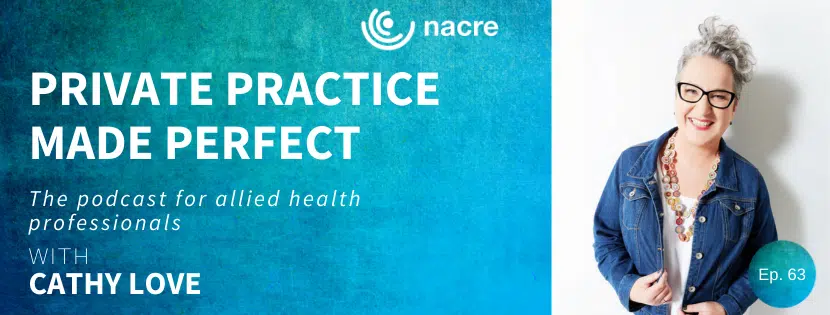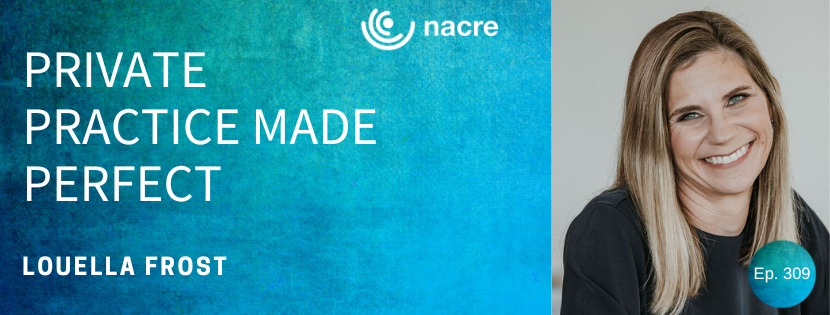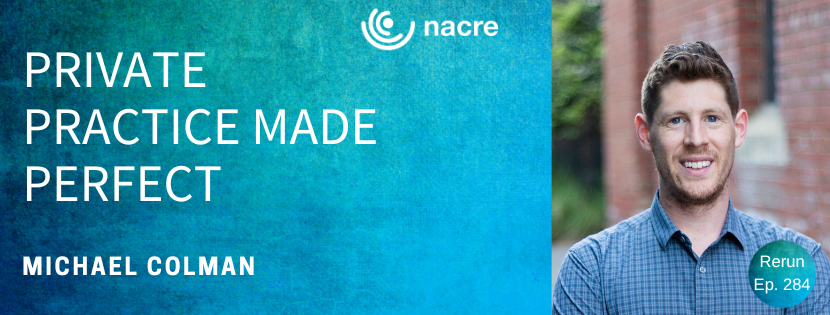Running group programs is a popular topic that seems to be bending the minds of many allied health business owners, particularly those working with children and families. It’s often something private practices want to offer to their clients, but can’t make work from a profitability point of view.
While running groups are a lot of work, they’re also a lot of fun. So I’m going to share my tips on how to make group programs work for you, your team, your business, and your clients.
Subscribe here: Apple Podcast, Stitcher, Subscribe on Android, Player.fm, RSS
Ripple effect
We as clinicians know the impact a group program can have. I would question whether you can teach social skills in any other environment than a group. Many allied health business owners have group programs sitting in the ‘too hard’ basket and see them as somewhat of a missed opportunity.
Whilst I don’t like to point fingers, the pricing of the group program in the NDIS fee schedule right now is very low. I wonder what would happen if they lifted that group rate? What impact would it have on participants’ lives? I actually think it would be a real critical driver in program success for many businesses and participants.
Digging into the numbers
One of the more popular questions I get asked is, how do I make groups viable? This requires digging into the numbers sitting behind the groups. You need to look at the time it takes to prepare the group, the staffing costs associated with that, the preparation and resources needed. On top of that, you need to look at the marketing costs, any room and rental costs, any admin costs, even meeting and greeting and all of that good stuff.
What allied health business owners don’t always include is their own time.
I have a little bit of a suspicion that many business owners don’t actually dig into the numbers at all. Or if they do, it’s not in a complete sense. Either way looking into the numbers is group prep 101 and is the only way you’ll know whether your groups run at a loss, run at a breakeven, run at a low profit, or hopefully run at a strong profit.
If you don’t have the toolkit and people to help you work out the profitability of your group programs, reach out to me or your bookkeeper.
Start with a blank canvas
In order to run successful, profitable group programs, you must start with a blank canvas. When planning your program, plan around what you want to do, or better still, what your customers want.
A good way to find out what your customers want is by running a poll on social media like Facebook. Or you can do some Q&A during therapy sessions. Getting extra market data to inform your programs will be critical in succeeding.
In planning my events I use an event canvas planner that expands my thinking about what I want the event to deliver. For me it comes back to knowing my clients, knowing their worries and getting creative about the solutions I have to ease those worries.
Adding value with handouts
Handouts are important for the success of your group program because they provide key information for the participants and their carers and even their educators. Your handouts should be branded and use accessible, positive language. They also need to be clear and concise and relevant to the content delivered in the group session.
The more thought you put into your handouts, the more helpful they’ll be. They could form part of a homework task, or an exercise to practise at home. Or you could make some of them interactive or in video-form.
Getting creative with communication
Including a parent coaching or carer coaching aspect in the program can significantly impact the effect of the group. Adding further communication via phone, email, Zoom or Skype means you’ll expand the impact and value, and therefore expand the outcomes.
Another thing to consider is having an online portal for parents or educators to log into for the course of the group. By doing so, you can include your handouts, videos, and any other useful links. You could also facilitate further communication and connection with a closed Facebook group for parents.
If appropriate, maybe the participants could have a closed, monitored, respectful, supportive social media place to meet as well. A number of clinicians are using an app called Seesaw to connect with the child’s team and parents. There is also a wonderful Australia-based app called sameview founded by Danny Hui.
Buying a whole experience
With that value added, it gives you the opportunity to bundle up a great group program. You can start to put a price on the value and the outcomes the group program creates. Following that you can work the numbers a little differently by working on multiples of an hourly rate.
I know businesses are value packing and multiplying out from a single group session and marketing it so participants and their families carers and educators can really understand the why, the what and the how behind the group.
They are not just buying an hour of a group program, they’re buying a whole experience that gives them much more.
You still need to crunch the numbers because there’s going to be some costs associated with developing a new value packed group program. But if you use some of these tips, you can rinse and repeat each time you do the group. So, the associated build costs will be less and less each time.







